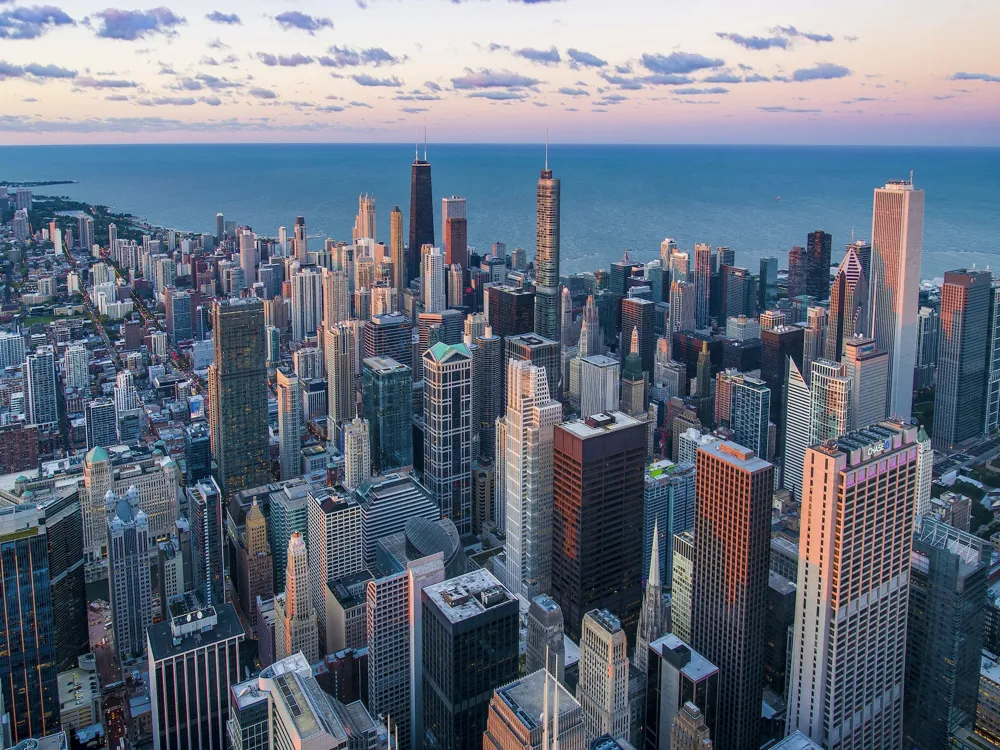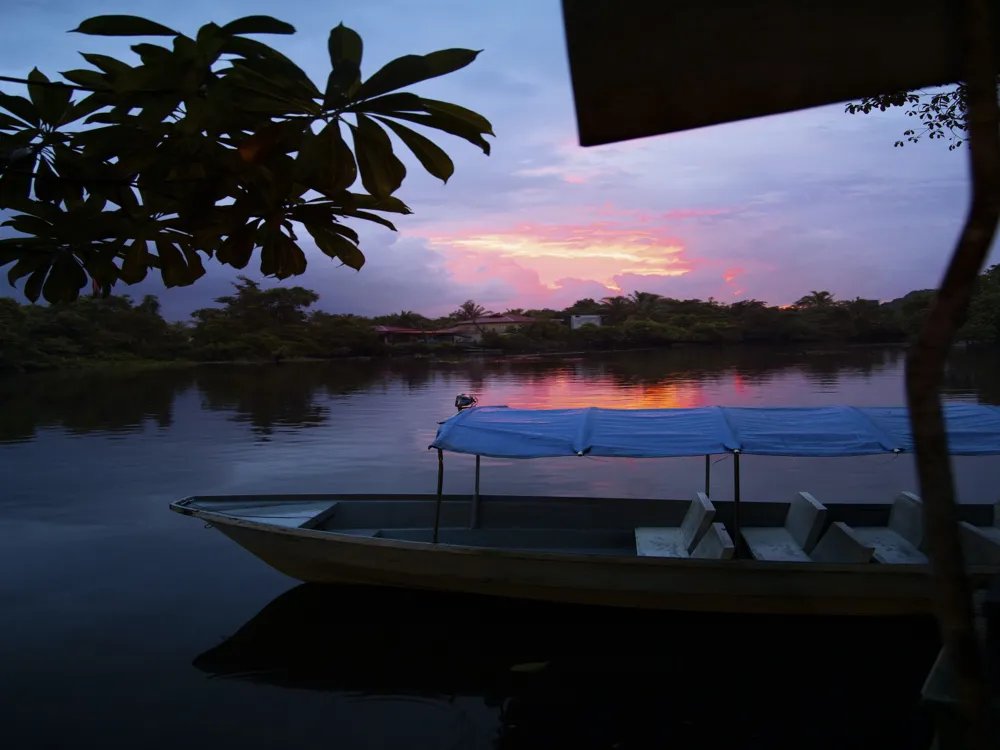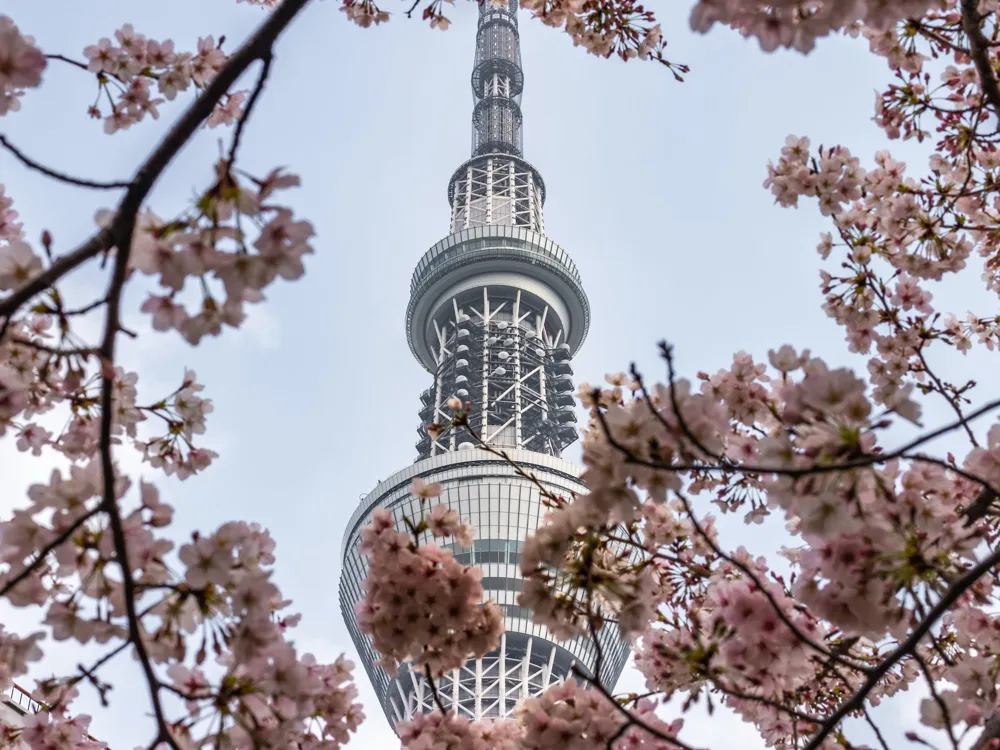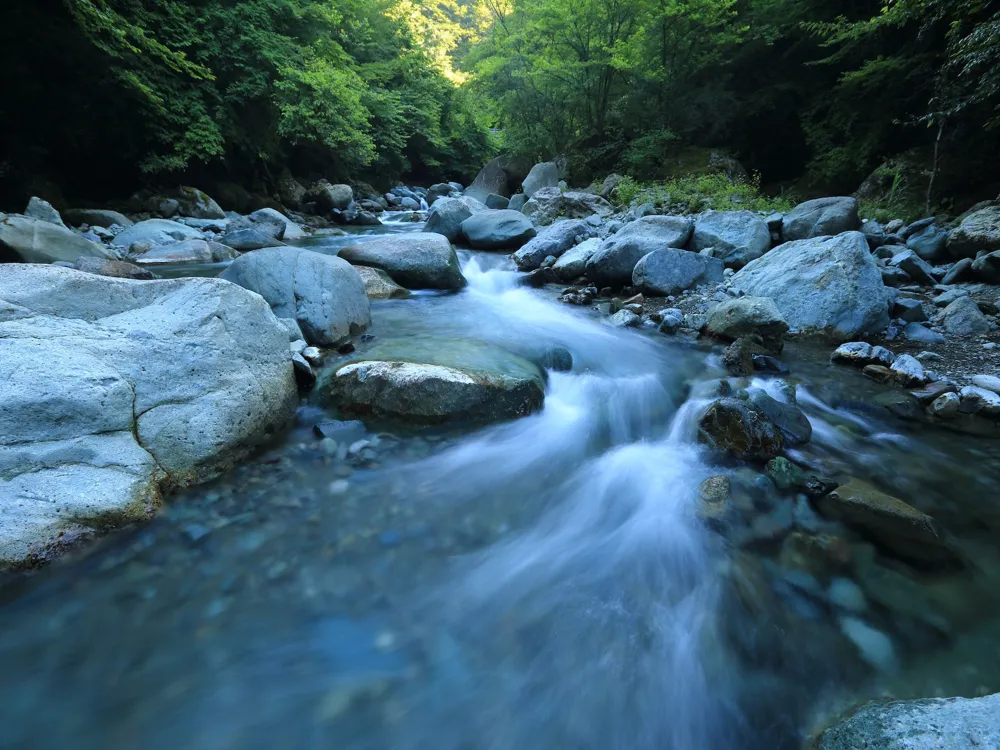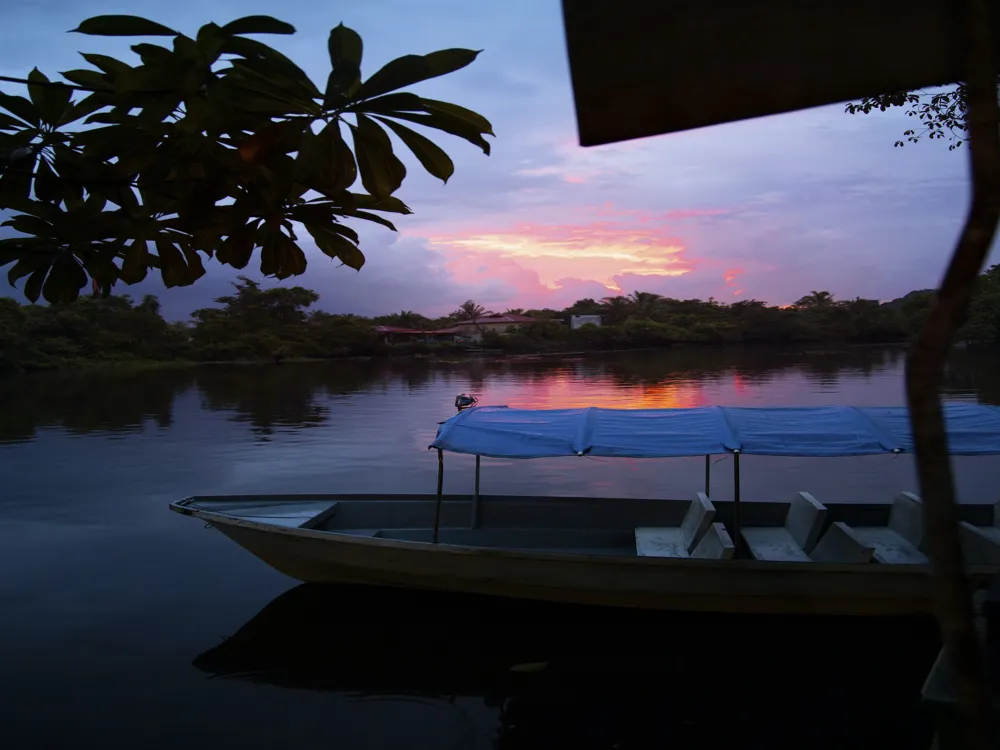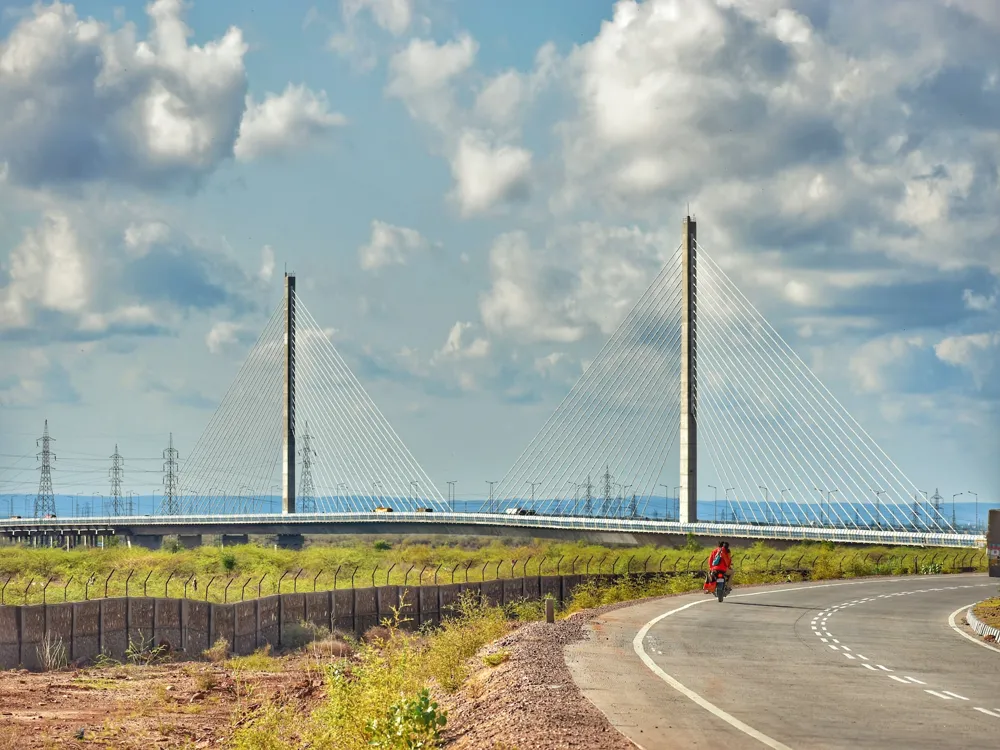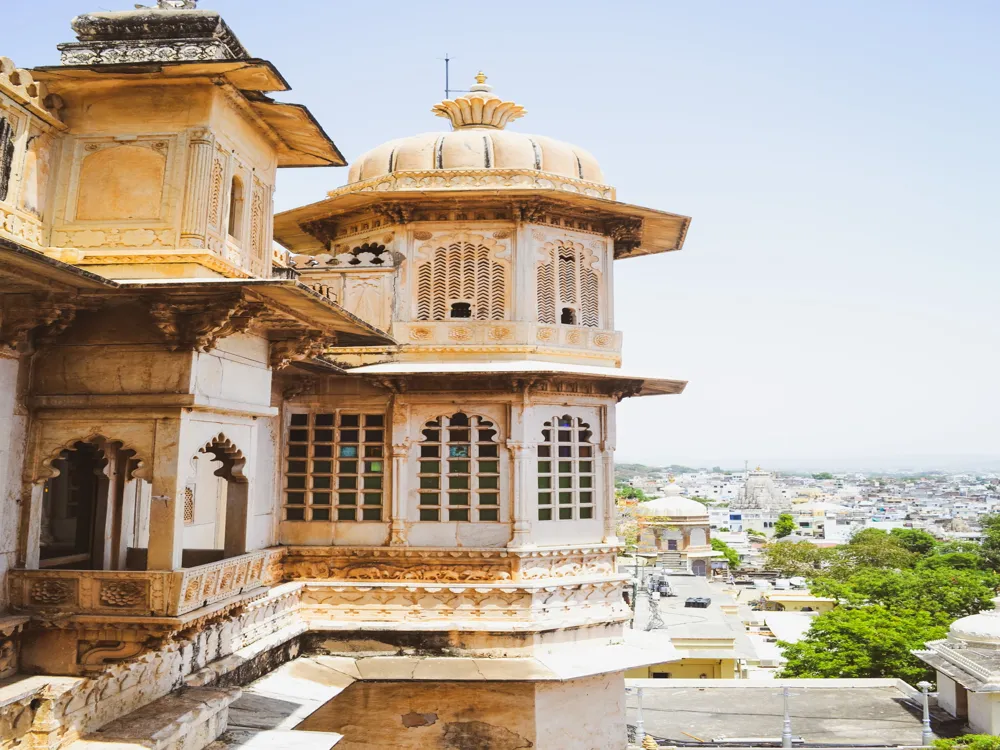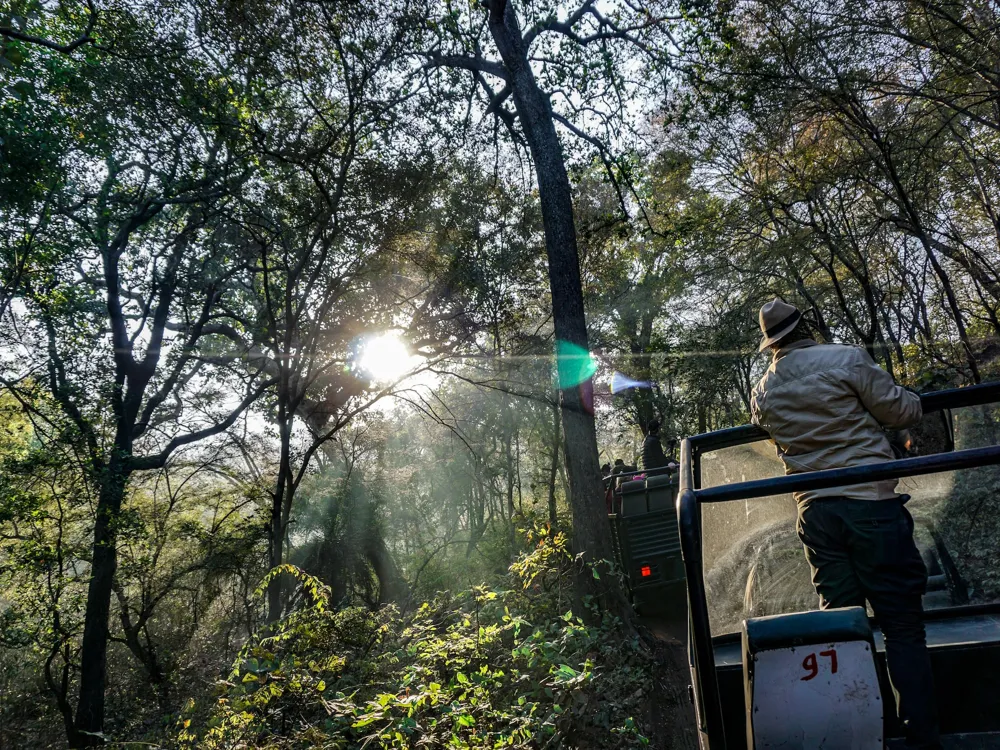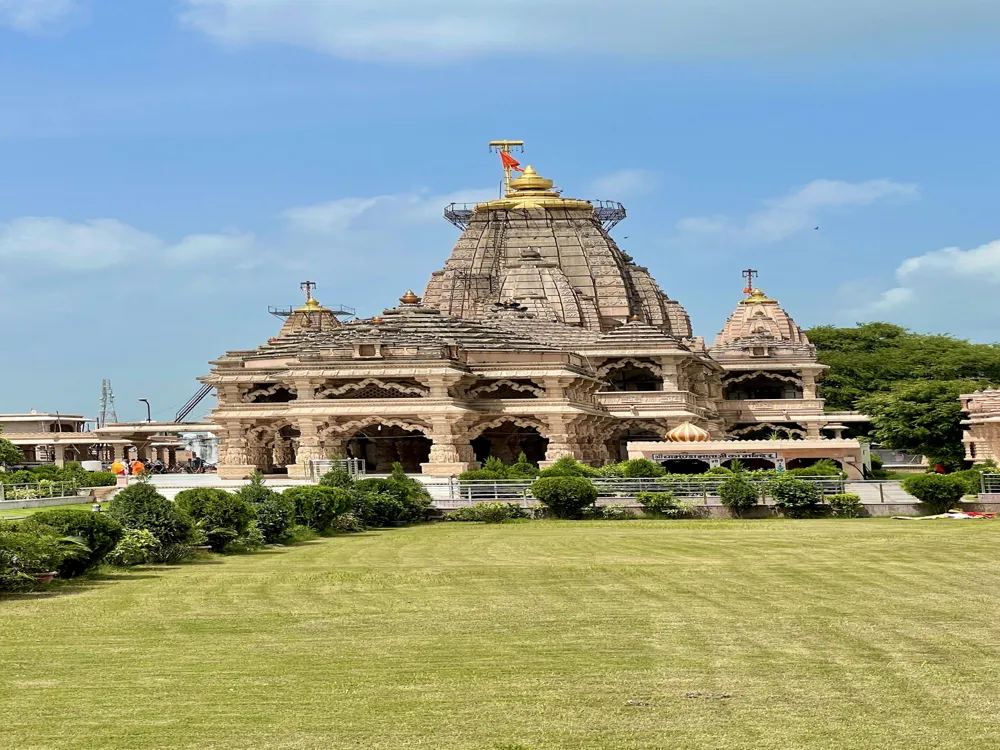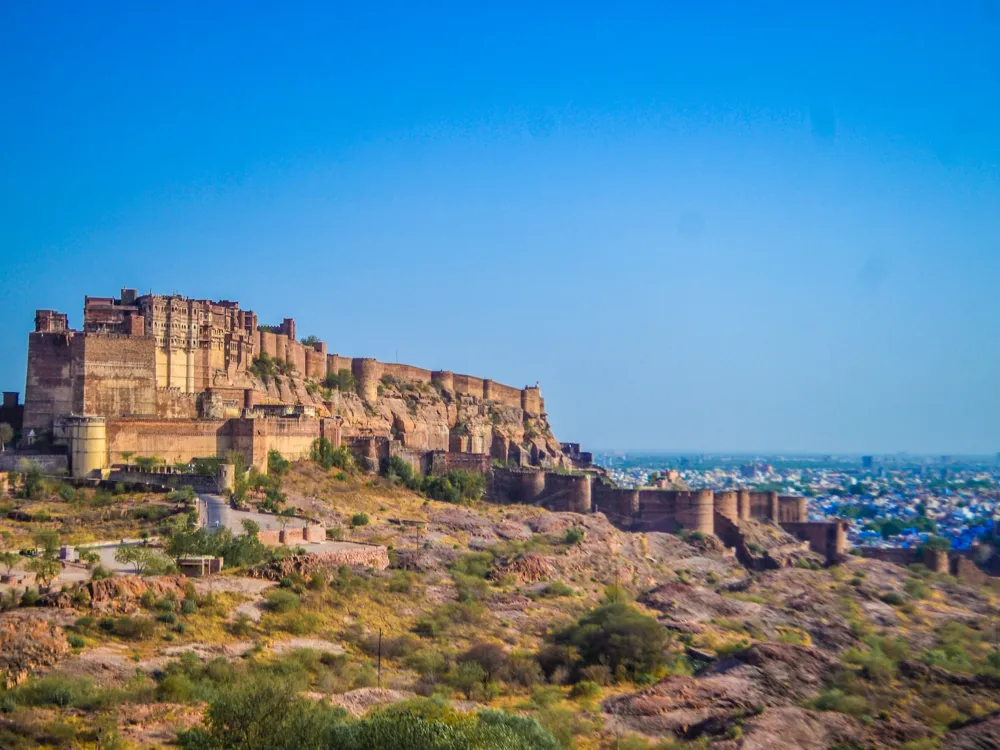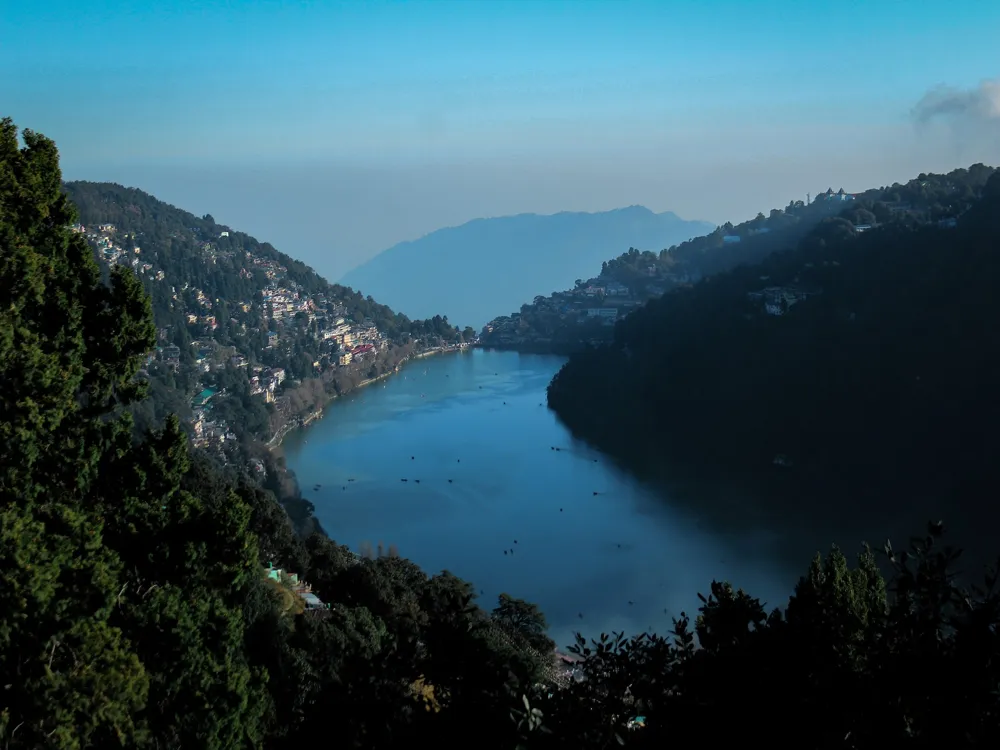Sapi Island, a tropical paradise located in the Tunku Abdul Rahman Marine Park near Kota Kinabalu in Sabah, Malaysia, is a haven for nature enthusiasts and beach lovers. This small island, part of a cluster of five islands, stands out with its stunning natural beauty, crystal-clear waters, and rich marine life. Known for its serene atmosphere and breathtaking landscapes, Sapi Island is a must-visit destination for those seeking a blend of adventure and relaxation. The island's ecosystem is a vibrant tapestry of coral reefs, diverse marine species, and lush rainforests. Its shores are lined with fine white sandy beaches, offering a picturesque setting for sunbathing and relaxation. The surrounding waters of the South China Sea provide an excellent opportunity for water sports, including snorkeling, scuba diving, and parasailing. The rich coral reefs around the island are home to a myriad of colorful fish and other marine life, making it an ideal spot for underwater exploration. Beyond its natural allure, Sapi Island is steeped in local culture and history. The island's name, derived from a local legend, adds a mystical charm to its allure. Visitors can immerse themselves in the local way of life, enjoying traditional Sabahan cuisine and witnessing the warm hospitality of the local community. The island also serves as an important conservation area, playing a crucial role in the preservation of marine biodiversity and ecosystems. Whether you're a solo traveler, a couple seeking a romantic getaway, or a family looking for a fun-filled vacation, Sapi Island offers a unique blend of tranquility and adventure. Its accessibility from Kota Kinabalu makes it an ideal day-trip destination, providing a quick escape to a natural paradise. The architectural landscape of Sapi Island is a harmonious blend of natural and man-made structures. Unlike urban centers with towering skyscrapers, the island's architecture is grounded in simplicity and sustainability, aimed at complementing its natural surroundings. One of the key architectural features of Sapi Island is its eco-friendly facilities. The buildings, primarily comprising of small huts and pavilions, are constructed using local materials such as bamboo, timber, and thatch. These materials not only provide natural insulation but also blend seamlessly with the island's tropical setting. The design of these structures emphasizes open-air concepts, allowing for natural ventilation and offering panoramic views of the sea and the lush greenery. Another significant aspect of the island's architecture is its minimalistic approach. The structures are designed to minimize the impact on the environment, with careful consideration given to waste management and energy consumption. Solar panels are commonly used to harness renewable energy, and rainwater harvesting systems are implemented to promote sustainable water usage. The architectural layout of Sapi Island also focuses on preserving the natural landscape. Trails and walkways are thoughtfully constructed to allow visitors to explore the island without disturbing the delicate ecosystem. The integration of conservation efforts within the architectural design is evident in the preservation of coral reefs and the protection of marine life habitats. In summary, the architecture of Sapi Island is a testament to the balance between human habitation and nature conservation. It showcases how sustainable practices can be incorporated into building designs, ensuring that the natural beauty and ecological integrity of the island are maintained for future generations. The ideal time to visit Sapi Island is between March and October, when the weather is sunny and the sea conditions are most favorable for water activities. Essential items include sunscreen, insect repellent, swimwear, a change of clothes, and a waterproof camera to capture the stunning underwater life. Popular activities on Sapi Island include snorkeling, diving, parasailing, and trekking through its lush rainforests to explore the rich biodiversity. Don't miss the opportunity to try local Sabahan dishes, which offer a unique and delicious blend of flavors and ingredients. Visitors are encouraged to follow eco-friendly practices such as disposing of waste properly and not disturbing the marine life while snorkeling or diving. Reaching Sapi Island is relatively easy and accessible. The most common way to get there is by a short boat ride from Jesselton Point Ferry Terminal in Kota Kinabalu. The journey takes about 15-20 minutes, and boats depart regularly throughout the day. Visitors can opt for a round-trip transfer or choose to include Sapi Island as part of an island-hopping tour, which often includes visits to nearby islands in the Tunku Abdul Rahman Marine Park. For those looking for a more personalized experience, private boat charters are also available. These offer flexibility in terms of timing and can be a good option for groups or families. It is advisable to check boat schedules and book tickets in advance during peak tourist seasons to avoid long waits. Once on the island, getting around is primarily on foot, as the island is small and easily navigable. This allows visitors to fully immerse themselves in the natural beauty and serenity of Sapi Island. Read More:Overview of Sapi Island, Kota Kinabalu, Sabah
Architecture of Sapi Island
Tips When Visiting Sapi Island
Best Time to Visit
What to Bring
Activities to Enjoy
Local Cuisine
Eco-Friendly Practices
How To Reach Sapi Island
Sapi Island
Kota Kinabalu
Sabah
NaN onwards
View kota-kinabalu Packages
Kota-kinabalu Travel Packages
View All Packages For Kota-kinabalu
Top Hotel Collections for Kota-kinabalu

Private Pool

Luxury Hotels

5-Star Hotels

Pet Friendly
Top Hotels Near Kota-kinabalu
Other Top Ranking Places In Kota-kinabalu
View All Places To Visit In kota-kinabalu
View kota-kinabalu Packages
Kota-kinabalu Travel Packages
View All Packages For Kota-kinabalu
Top Hotel Collections for Kota-kinabalu

Private Pool

Luxury Hotels

5-Star Hotels

Pet Friendly







